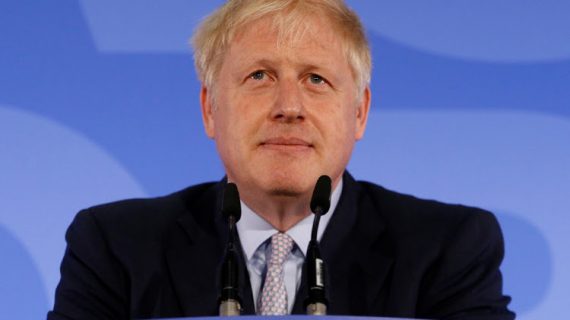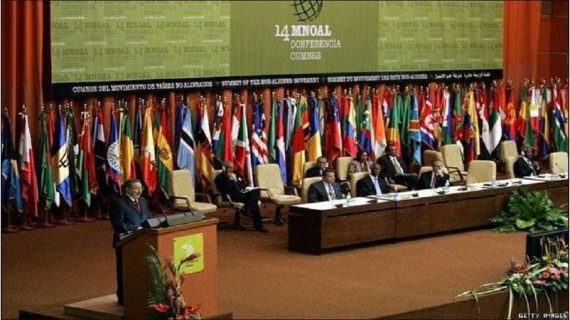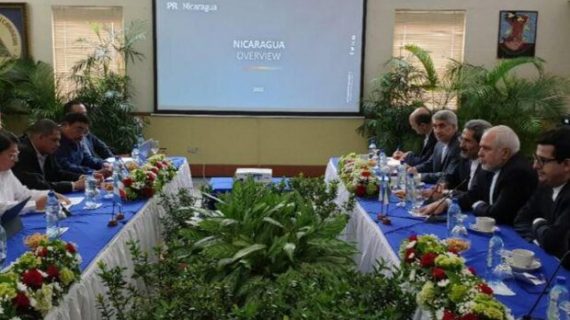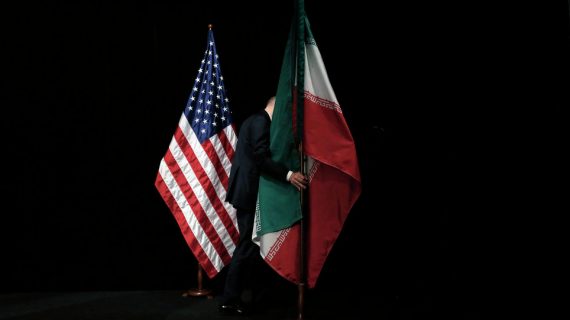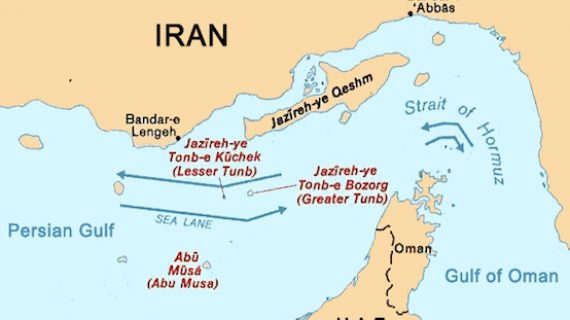Iran Gov’t Proposes New Base Metal Pricing System at IME
At the behest of Industries Minister Mohammad Shariatmadari, his deputy Hassan Younes Sinaki has recently proposed new formulas for calculating the base price of steel, copper and aluminum at Iran Mercantile Exchange
The rationale for the new pricing mechanisms is that steel, copper and aluminum producers’ production costs are largely independent of foreign currency fluctuations, considering that they barely import any raw materials and also enjoy subsidized energy
Reported by HPMM Group according to FINANCIAL TRIBUNE ; The government is intervening in the pricing of base metals in the local market, again.
At the behest of Industries Minister Mohammad Shariatmadari, his deputy Hassan Younes Sinaki has recently proposed new formulas for calculating the base price of steel, copper and aluminum at Iran Mercantile Exchange.
The three new formulas are as follows:
Steel base price: Official exchange rate multiplied by 95% of Persian Gulf FOB
Copper cathode base price: Official exchange rate multiplied by premium (in USD) + London Metal Exchange price (in USD)
Aluminum ingot base price: Official exchange rate multiplied by premium (in USD) + LME price (in USD)
The steel formula, as the official’s primary concern, is set to replace the old formula of SANA forex rate multiplied by Metal Bulletin’s 15-day average CSI and Black Sea price.
The formulas were proposed in a letter sent to five of Shariatmadari’s deputies, managing director of IME and the head of Consumers and Producers Protection Organization on March 17.
Exploiting a Loophole?
Shariatmadari’s letter to Sinaki, penned two days before, emphasizes “the prevention of rampant steel [and other products] price increases” and the effect it has on the country’s economic indicators.
It mandates Sinaki to come up with a pricing formula, while keeping in mind Article 99 of the Fifth Five-Year Development Plan (2011-16), which states that commodities offered on IME are subject only to the exchange’s internal regulations.
The paradox here seems apparent. The law—pointed to by the minister himself–states that “supply, trade, settlement and delivery of commodities offered on exchanges are not subject to non-exchange regulations”.
The only thing that could potentially allow the government to dictate pricing mechanisms is the loophole in the language, which does not specifically point to “pricing”.
Taking Away Producers’ FX Edge
The deputy’s rationale for the new pricing mechanisms is that steel, copper and aluminum producers’ production costs are largely independent of foreign currency fluctuations, considering that they barely import any raw materials and also enjoy subsidized energy.
“Unfortunately, the current base metal supply formula [at IME], especially for steel, coupled with the high concentration in the industry, has caused an unacceptable hike in prices (more than 70%) in recent months. This has led to numerous protests by consumers, including downstream producers,” reads Sinaki’s letter.
Thus, the old formula previously negotiated by downstream users and applied by the ministry is now deemed unacceptable. It utilized Metal Bulletin’s price index, which had grown on the back of commodities’ surge in 2017.
And the disparity between the official and market exchange rates is nothing short of huge.
On Saturday, the official rate announced by the Central Bank of Iran stood at 37,814 rials to the US dollar. It grew by 16% since March 18, 2017.
The market rate, on the other hand, currently stands at 51,710 rials for each USD, having grown by 37.9% during the period. This is rial’s all-time low against the greenback, mostly due to a rally that started in December 2017 and intensified in February.
With the new mechanism, downstream users such as Syndicate of Steel Pipe and Profile Manufacturers will get what they lobbied for: reverting prices to levels before the currency fluctuations.
Before this, they also had the ministry ban any price increase for all three products on IME until June 21, through a directive issued in mid-March.
Rent-Seeking Concern
Producers are having a great time with better global prices and a devalued currency. This translates into a harder time for downstream users who depend on their products and the government is stepping in to help them. That much is sensible.
Yet this help could easily shift into rent-seeking, simply if downstream producers decide to export their products and forego the local market. The average 1,300-1,500-rial difference between official and market exchange rates is just too tempting to ignore.
Most market reactions on Sunday have been in the same vein, with many base metal stocks falling at Tehran Stock Exchange in response to the news.
“If the government is offering a subsidy, it should offer it to all upstream and downstream producers . . . Steel, copper and aluminum producers will face unacceptable losses if they are to base prices on official rates while downstream mills’ export is based on global prices and market rates,” market trader and analyst, Keyvan Jafari Tehrani, told Bourse News.
IME chief, Hamed Soltani-Nejad, also joined the chorus of criticism, noting that this measure won’t help the actual consumer.
“Buyers will purchase the commodities lower than global prices and sell them at higher than local prices, and we can’t identify the ‘real’ consumer,” he said.
So, will the real consumer please stand up?
In response, Amir Hossein Kaveh, the head of pipe producers syndicate, was quoted as saying by the syndicate’s website, “Fixing base pricing mechanisms has nothing to do with enforced pricing, as it only acts as a starting point for competition. So, please stop raising false alarm.”


